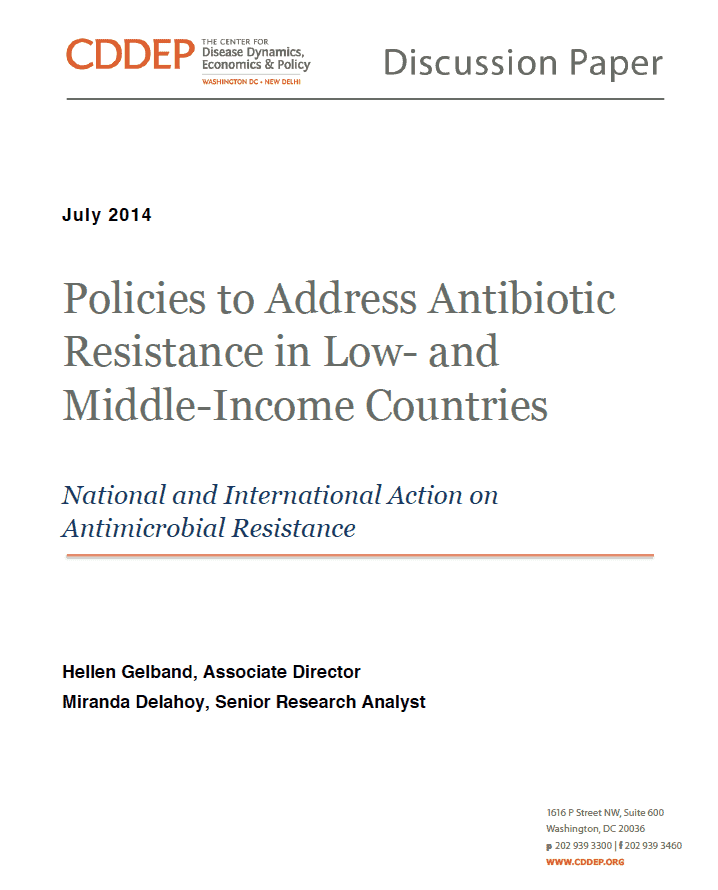September 22, 2014

The Question
What we found
Why it matters
Despite significant discussion in the last decade of antibiotic resistance in high-income countries, low- and middle-income countries across the world lag behind in focusing on antibiotic resistance as a major public health concern. Antibiotic use is on the rise globally, and the increase is occurring in these areas faster than elsewhere; India is the largest consumer of antibiotics in the world, followed by China. Such countries have issues with policy creation and implementation that differ from high-income countries, and require different policy focuses and solutions.

